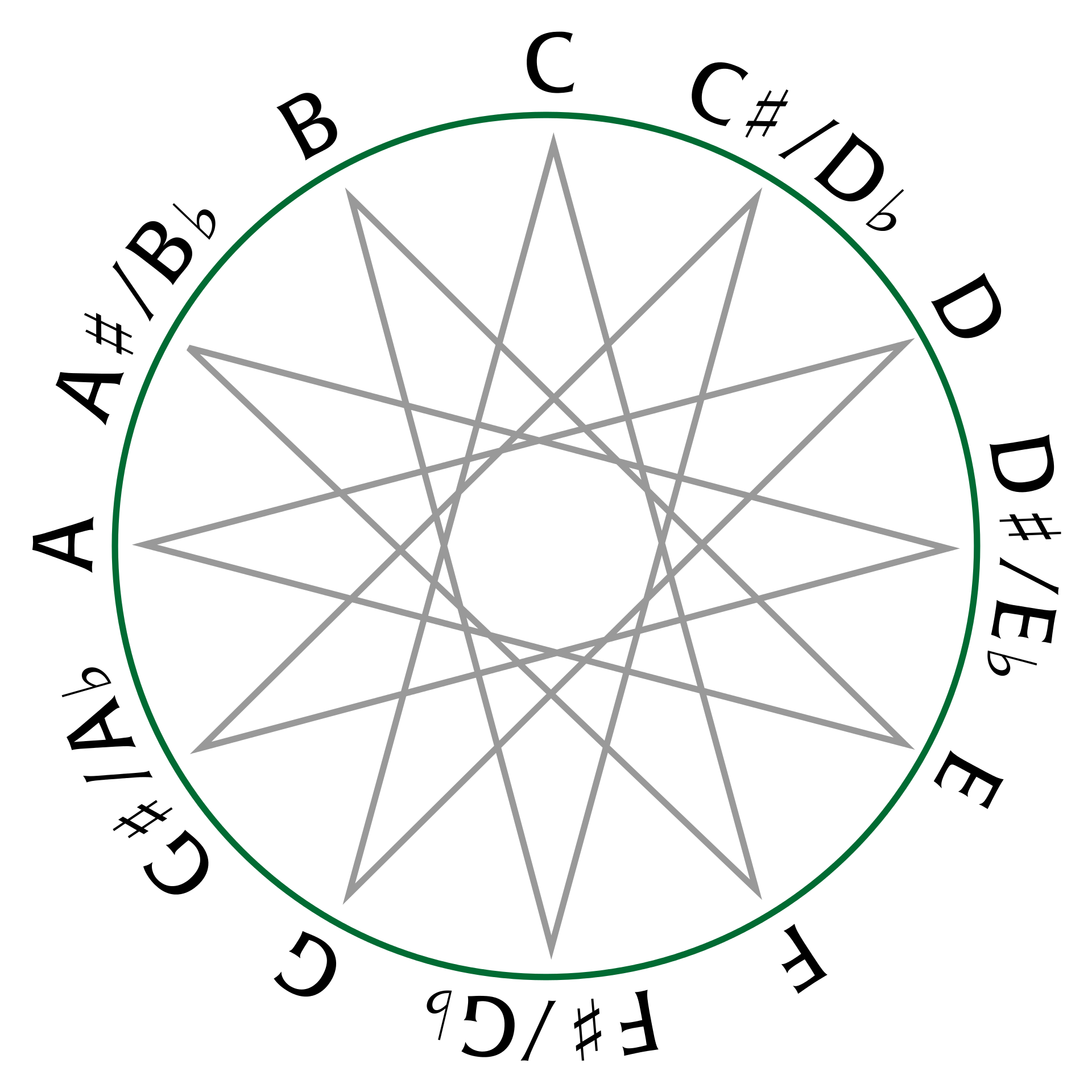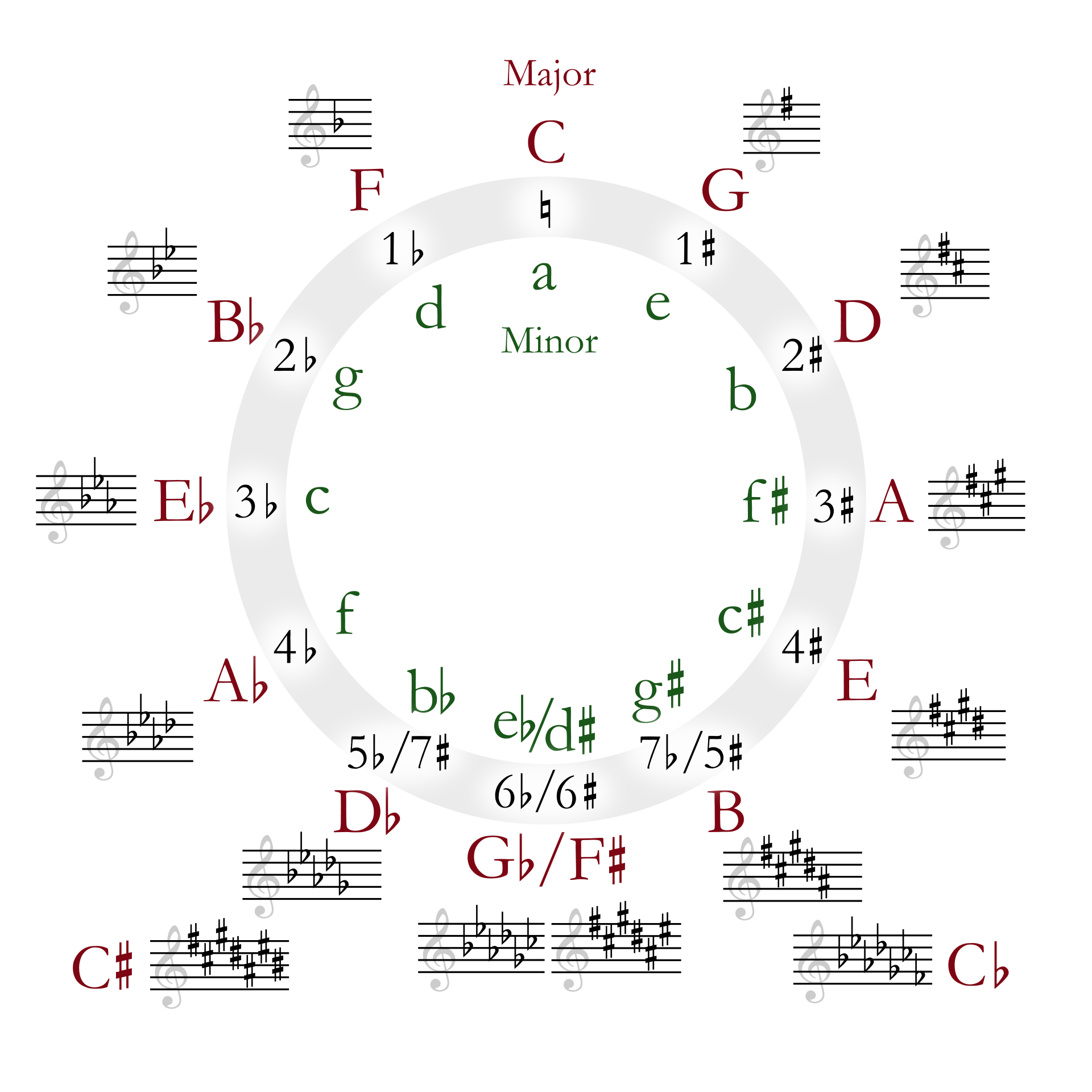https://docs.microsoft.com/en-us/azure/virtual-machines/linux/vertical-scaling-automation
Author: Jovan Stosic
Perfect fourth
A fourth is a musical interval encompassing four staff positions in the music notation of Western culture, and a
Play (help·info)) is the fourth spanning five semitones (half steps, or half tones). For example, the ascending interval from C to the next F is a perfect fourth, as the note F is the fifth semitone above C, and there are four staff positions between C and F. Diminished and augmented fourths span the same number of staff positions, but consist of a different number of semitones (four and six, respectively).
The perfect fourth may be derived from the harmonic series as the interval between the third and fourth harmonics. The term perfect identifies this interval as belonging to the group of perfect intervals, so called because they are neither major nor minor (unlike thirds, which are either minor or major) but perfect.
A perfect fourth in just intonation corresponds to a pitch ratio of 4:3, or about 498 cents, while in equal temperament a perfect fourth is equal to five semitones, or 500 cents (see additive synthesis).
Until the late 19th century, the perfect fourth was often called by its Greek name, diatessaron. Its most common occurrence is between the fifth and upper root of all major and minor triads and their extensions.
An example of a perfect fourth is the beginning of the “Bridal Chorus” from Wagner‘s Lohengrin (“Treulich geführt“, the colloquially-titled “Here Comes the Bride“). Other examples are the first two notes of the Christmas carol “Hark! The Herald Angels Sing” and “El Cóndor Pasa“, and, for a descending perfect fourth, the second and third notes of “O Come All Ye Faithful“.[citation needed]
The perfect fourth is a perfect interval like the unison, octave, and perfect fifth, and it is a sensory consonance. In common practice harmony, however, it is considered a stylistic dissonance in certain contexts, namely in two-voice textures and whenever it appears above the bass. If the bass note also happens to be the chord’s root, the interval’s upper note almost always temporarily displaces the third of any chord, and, in the terminology used in popular music, is then called a suspended fourth.
Conventionally, adjacent strings of the double bass and of the bass guitar are a perfect fourth apart when unstopped, as are all pairs but one of adjacent guitar strings under standard guitar tuning. Sets of tom-tom drums are also commonly tuned in perfect fourths. The 4:3 just perfect fourth arises in the C major scale between G and C.
Subdominant
In music, the subdominant is the technical name for the fourth tonal degree of the diatonic scale. It is so called because it is the same distance “below” the tonic as the dominant is above the tonic – in other words, the tonic is the dominant of the subdominant. It also happens to be the note immediately “below” the dominant. It is sung as fa in solfege. In the C major scale (white keys on a piano, starting on C), the subdominant is the note F; and the subdominant chord uses the notes F, A, and C. In music theory, Roman numerals are used to symbolize the subdominant chord as ‘IV’ if it is within the major mode (because it is a major triad, for example F-A-C in C major) or ‘iv’ if it is within the minor mode (because it is a minor triad, for example F-A♭-C in C minor).

Dominant (music)
In music, the dominant is the fifth scale degree of the diatonic scale, called “dominant” because it is next in importance to the tonic, and a dominant chord is any chord built upon that pitch, using the notes of the same diatonic scale. The dominant is sung as so in solfege. The dominant function (diatonic function) has the role of creating instability that requires the tonic for resolution.
https://en.wikipedia.org/wiki/Dominant_(music)

Aleksandra Kurzak
Aleksandra Kurzak (born 7 August 1977 in Brzeg Dolny) is a Polish operatic soprano. She has performed on many prominent international stages across Europe and Northern America including Royal Opera House in London, the Metropolitan Opera in New York, Vienna State Opera, and the Paris Opera. She had been successful in light and coloratura soprano roles and gradually taking on heavier roles in Italian Bel Canto and Verismo repertoire.
Joan Sutherland & Luciano Pavarotti; “Da quel di che t’incontrai”; Linda di Chamounix; Donizetti – YouTube
Additive rhythm and divisive rhythm
In music, the terms additive and divisive are used to distinguish two types of both rhythm and meter:
- A divisive (or, alternately, multiplicative) rhythm is a rhythm in which a larger period of time is divided into smaller rhythmic units or, conversely, some integer unit is regularly multiplied into larger, equal units.
- This can be contrasted with additive rhythm, in which larger periods of time are constructed by concatenating (joining end to end) a series of units into larger units of unequal length, such as a 5
8 meter produced by the regular alternation of 2
8 and 3
8 (London 2001, §I.8).
When applied to meters, the terms perfect and imperfect are sometimes used as the equivalents of divisive and additive, respectively (Read 1969, 150).
For example, 4 may be evenly divided by 2 or reached by adding 2 + 2. In contrast, 5 is only evenly divisible by 5 and 1 and may be reached by adding 2 or 3. Thus, 4
8 (or, more commonly, 2
4) is divisive while 5
8 is additive.
Additive meter – Definition
Source: Additive meter – Definition (Artopium’s Music Dictionary)
Yo-Yo Ma: Tchaikovsky “Andante Cantabile” (live) – YouTube
Linear network coding – Wikipedia
Network coding is a field of research founded in a series of papers from the late 1990s to the early 2000s. However, the concept of network coding, in particular linear network coding, appeared much earlier. In a 1978 paper, a scheme for improving the throughput of a two-way communication through a satellite was proposed. In this scheme, two users trying to communicate with each other transmit their data streams to a satellite, which combines the two streams by summing them modulo 2 and then broadcasts the combined stream. Each of the two users, upon receiving the broadcast stream, can decode the other stream by using the information of their own stream.
The 2000 paper gave the butterfly network example (discussed below) that illustrates how linear network coding can outperform routing. This example is equivalent to the scheme for satellite communication described above. The same paper gave an optimal coding scheme for a network with one source node and three destination nodes. This is the first example illustrating the optimality of convolutional network coding (a more general form of linear network coding) over a cyclic network.
Linear network coding may be used to improve a network’s throughput, efficiency and scalability, as well as resilience to attacks and eavesdropping. Instead of simply relaying the packets of information they receive, the nodes of a network take several packets and combine them together for transmission. This may be used to attain the maximum possible information flow in a network.
It has been mathematically proven in theory that linear coding is enough to achieve the upper bound in multicast problems with one source. However linear coding is not sufficient in general (e.g. multisource, multisink with arbitrary demands), even for more general versions of linearity such as convolutional coding and filter-bank coding.[4] Finding optimal coding solutions for general network problems with arbitrary demands remains an open problem.
Mode (music)
Mode Tonic relative
to major scaleInterval sequence Example Ionian I W-W-H-W-W-W-H C-D-E-F-G-A-B-C Dorian II W-H-W-W-W-H-W D-E-F-G-A-B-C-D Phrygian III H-W-W-W-H-W-W E-F-G-A-B-C-D-E Lydian IV W-W-W-H-W-W-H F-G-A-B-C-D-E-F Mixolydian V W-W-H-W-W-H-W G-A-B-C-D-E-F-G Aeolian VI W-H-W-W-H-W-W A-B-C-D-E-F-G-A Locrian VII H-W-W-H-W-W-W B-C-D-E-F-G-A-B

Source: Mode (music) – Wikipedia
Bésame Mucho, Español-English
Bésame Mucho
Letra y Música de Consuelo Velázquez (1940)
4/4
(introducción instrumental de 9 medidas)
Bésame,
bésame mucho —
como si fuera esta noche
la ultima vez.
Bésame,
bésame mucho —
que tengo miedo a per-derte,
perderte después. —
(repite, y entonces la música cambia un poquito) …-derte, perderte después. —
Quiero tenerte muy cerca
mirar me en tus ojos
verte junto a mi.
Piensa que tal vez mañana
yo ya estaré lejos
muy lejos de ti.
Bésame,
bésame mucho —
como si fuera esta noche
la ultima vez.
Bésame,
bésame mucho —
que tengo miedo a perderte,
perderte des-pués. —
(“-pués” tiene 3 tiempos, se sigue con un tiempo y entonces 7 medidas de música)
Bésame,
bésame mucho —
que tengo miedo a perderte,
perderte después. —
Que tengo miedo a perderte, —
perderte des-pués. — — —
(el ultimo “-pués” tiene 5 y 3/4 medidas, un instrumental sigue con 7 y 1/4)
<><><><><><><><><>
Bésame Mucho (a translation)
Words and Music by Consuelo Velázquez (1940)
4/4
(instrumental introduction of 9 measures)
Kiss me now,
kiss me with passion —
kiss me as if this were to be
our very last night.
Kiss me now,
kiss me with passion —
for you I may never-more see
once past early light.
(repeat, then the music changes a little bit) …-more see once past early light. —
I want to hold you so closely,
look into your eyes to find
you mirroring me.
I’m sure dawn will find me lonely
cast away so far behind
where you then will be.
Kiss me now,
kiss me with passion —
kiss me as if this were to be
our very last night.
Kiss me now,
kiss me with passion —
for you I may nevermore see
once past early light.
(“light” has three beats followed by one beat then 7 measures of music)
Kiss me now
kiss me with passion —
fearing tomorrow I’ll lose you
past dawn’s early light; —
and I may forever lose you, —
forever lose you. — — —
(the last “you” has 5 and 3/4 measures, followed by 7 and 1/4 measures of music)
<><><><><><><><><>
https://manuelgarciajr.com/2013/12/24/besame-mucho-espanol-english/
